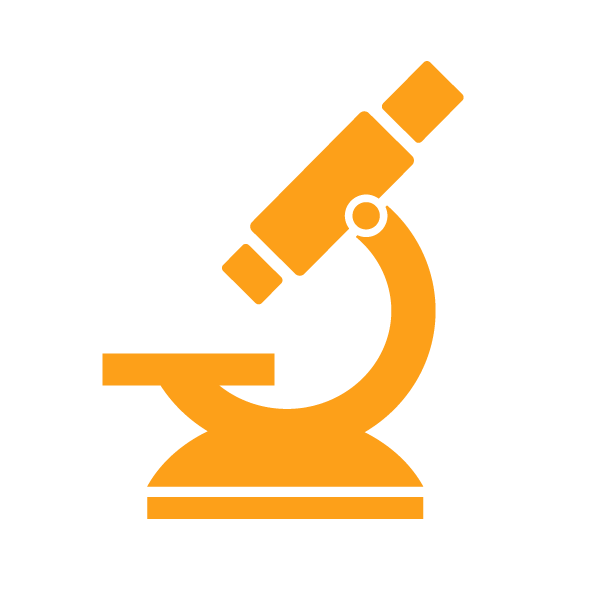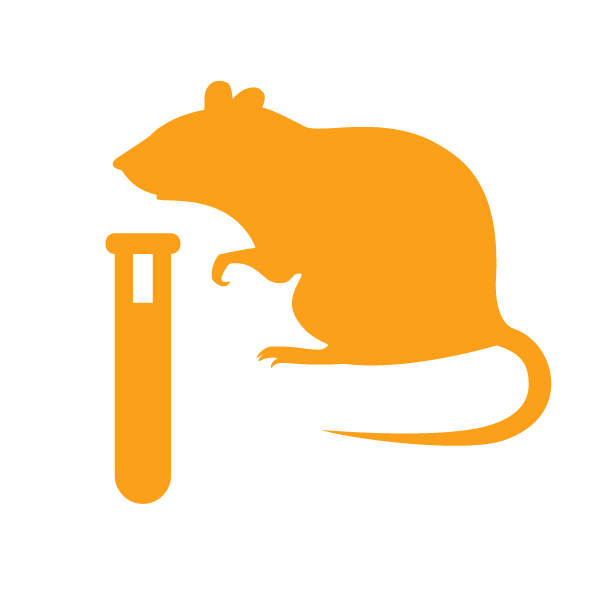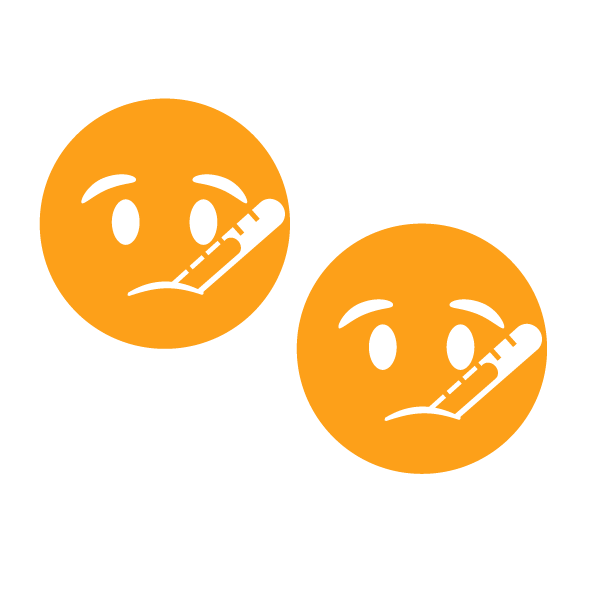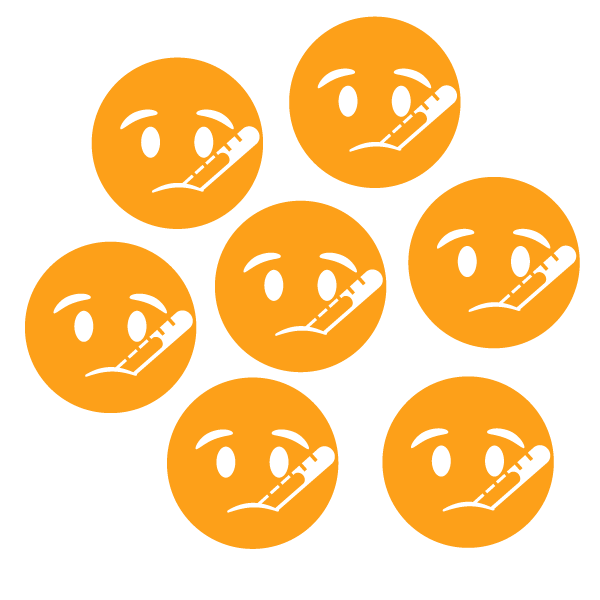Developing a new drug is a regulated process that takes a long time and requires significant investment. Research and development costs for drug development are high, in the order of billions of kroner, and mainly consist of costs for research, development, production and clinical studies of a drug. Out of 10–15 products that become the subject of phase I studies, it is normally only one product that makes it all the way to regulatory approval. Approximately 35 new pharmaceutical products are introduced to the Swedish market each year. Nevertheless, the interest in investments in smaller life science companies is great, which is due to the great potential for value growth in the companies that achieve success.
To shorten the time it takes to reach the market and to balance the biological risk, many pharmaceutical companies focus on identifying and acquiring or licensing promising projects in a later clinical phase to then continue development and commercialization. The pharmaceutical companies that previously relied on their own research and development are increasingly dependent on external innovations

Preclinical research
Research and development activities conducted in laboratories. Potential target structures are identified. Chemical or biological substances with the ability to affect these target structures are characterized, produced on a small scale and tested in various experimental models. The aim is to select one or more drug candidates with the desired properties for further development.

Preclinical development
Authority-regulated preclinical trials to ensure that a drug candidate has the properties required for it to be appropriate to take it on to clinical studies on humans. It is extremely important to ensure that the substance has a good safety profile.

Phase 1
Carried out in healthy subjects to investigate whether the drug candidate behaves in the body in the same way as the preclinical trials indicated. Also important in this process is the documentation of the substance's safety profile.

Phase 2
Conducted in a limited number of patients with the disease that the drug candidate is intended to alleviate or cure. The focus is on studying the effect and safety, as well as obtaining a basis for choosing the doses to be used in the phase 3 studies.

Phase 3
Studies in a significantly larger number of patients. The results from the Phase 3 studies form an important part of the basis for obtaining market approval from the pharmaceutical authorities.

Phase 4
Phase 4 involves studies of the drug's therapeutic use. Phase 4 studies aim to study and monitor the dose and effect ratio, the influence of other concomitant drug treatment and any side effects that arise after launch on the market.

Registration process
An application is submitted to one or more pharmaceutical authorities. The processing time for an application is normally approximately one year.

Market launch
Provided that the pharmaceutical authority approves the application, the launch of the product can begin. In most countries, however, price negotiations must first be carried out with the entities that will pay for the medicine.